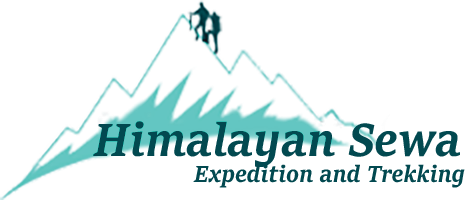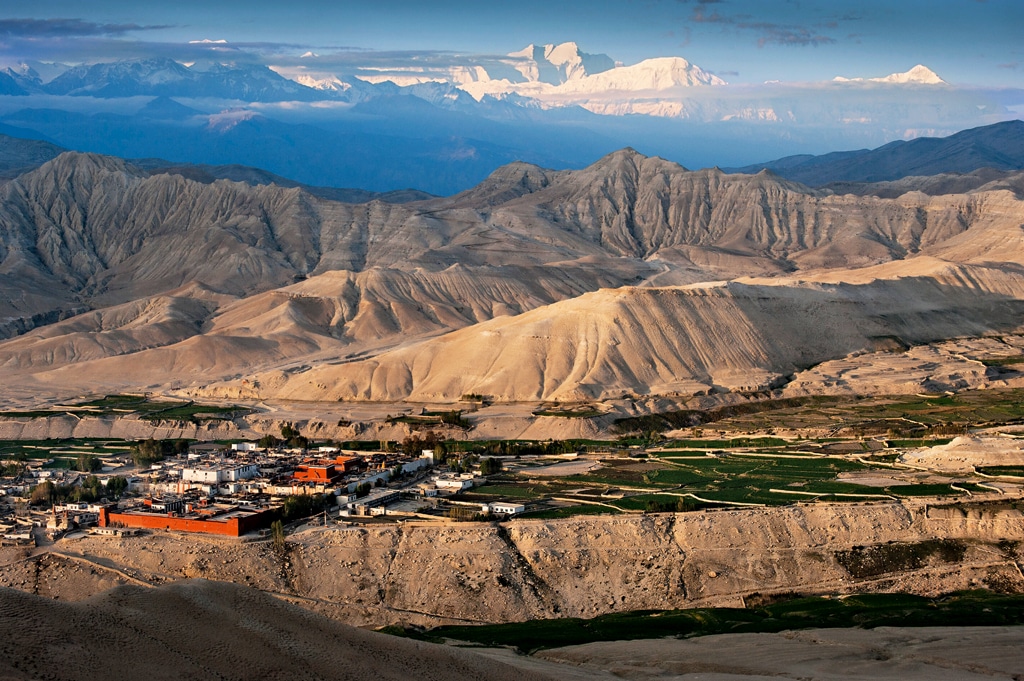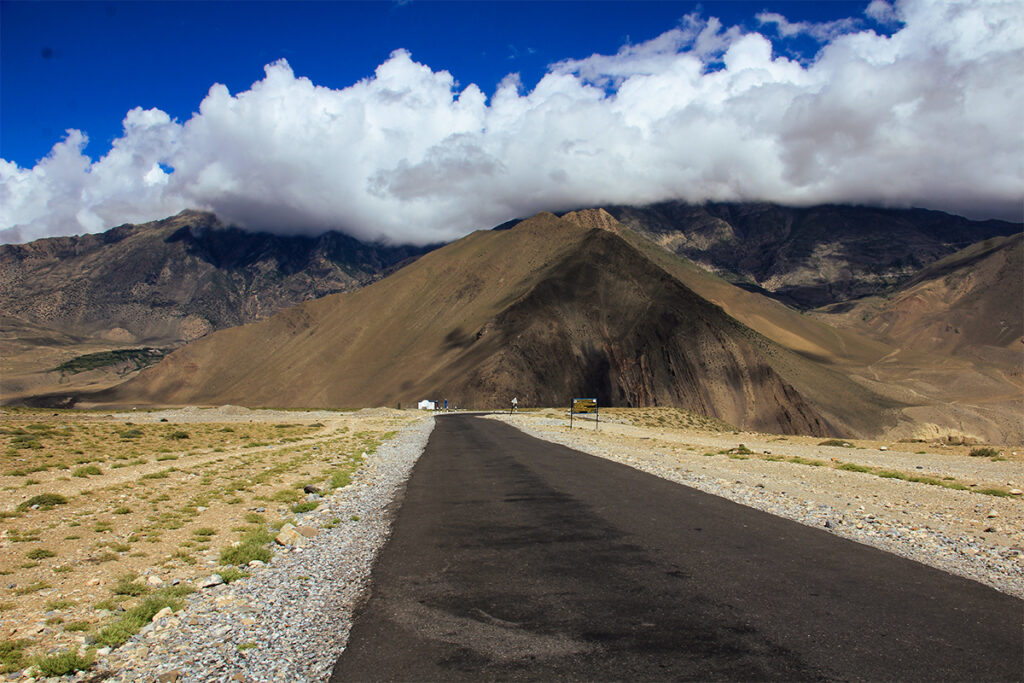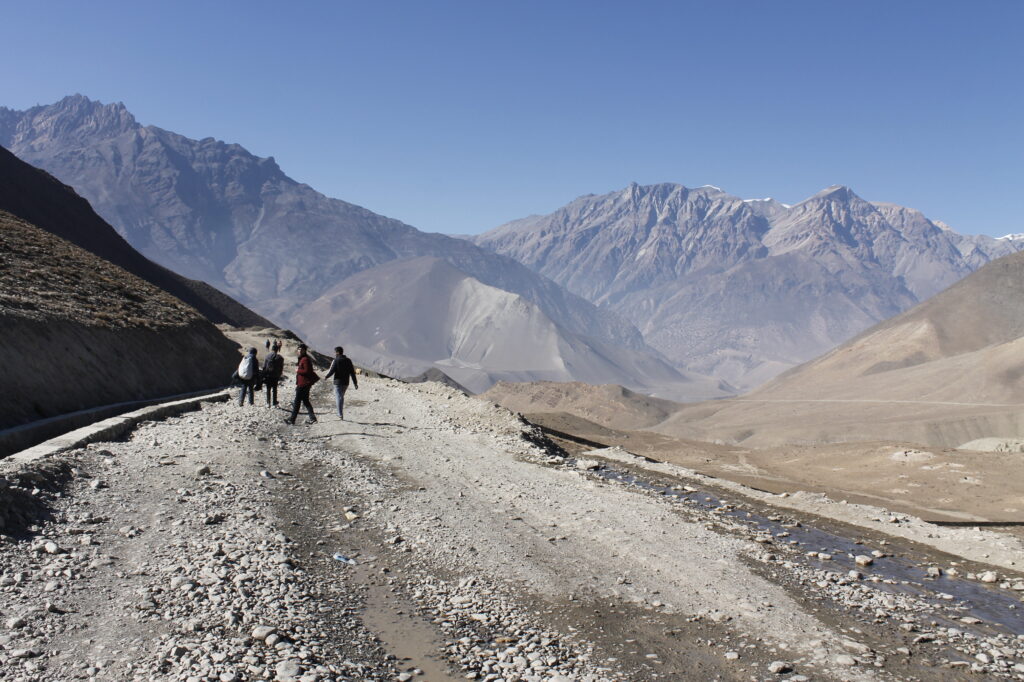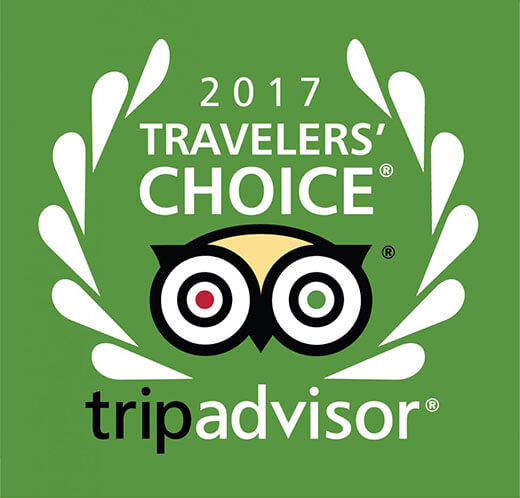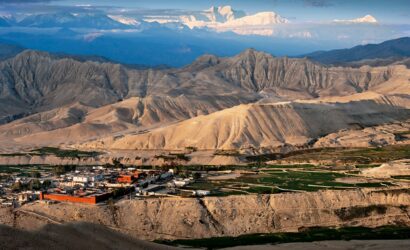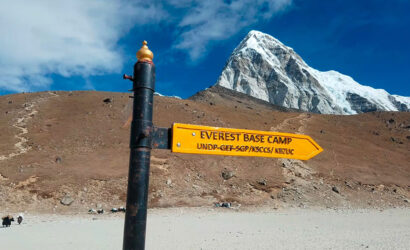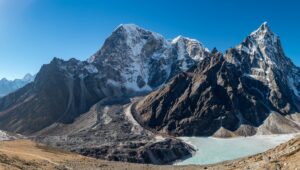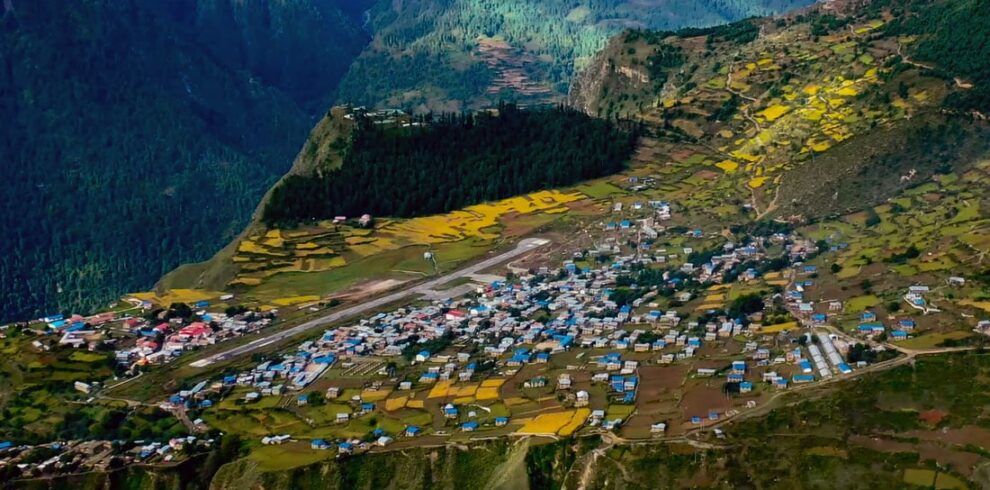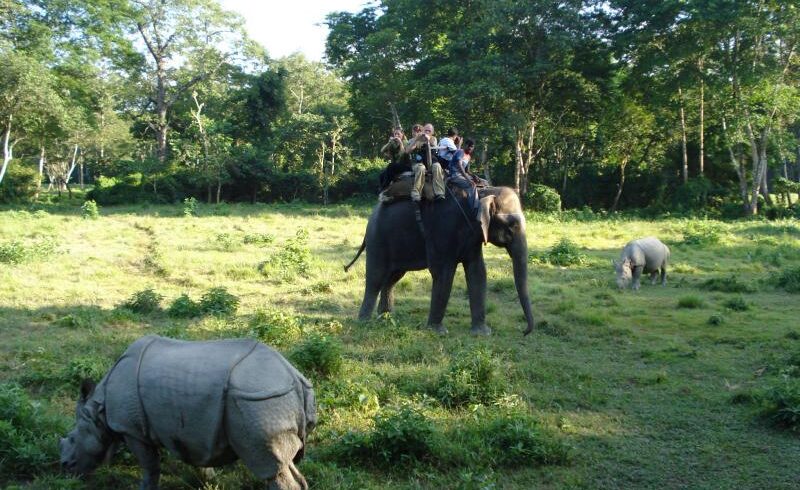Upper Mustang Trek: A Journey into the Forbidden Kingdom
Welcome to the Upper Mustang Trek, a rare opportunity to explore the mystical landscapes of the former Kingdom of Lo. Nestled in the rain shadow of the Annapurna and Dhaulagiri ranges, Upper Mustang offers a unique blend of Tibetan culture, ancient monasteries, and mesmerizing desert-like terrain. Join us on this trek to experience the allure of the Forbidden Kingdom.
Key Highlights:
- Ancient Walled City of Lo Manthang:
- Explore Lo Manthang, the capital of the former Kingdom of Lo, surrounded by an imposing city wall.
- Visit the King’s Palace, monasteries, and the local market.
- Tibetan Culture and Traditions:
- Immerse yourself in the rich Tibetan-influenced culture of Upper Mustang.
- Visit ancient monasteries such as Thubchen Gompa, Jampa Gompa, and Chode Gompa.
- Unique Desert-Like Landscape:
- Trek through arid landscapes resembling a high-altitude desert.
- Encounter dramatic cliffs, deep canyons, and eroded rock formations.
- Trekking to Drakmar and Lo Gekar:
- Trek to Drakmar, known for its red cliffs and unique rock formations.
- Visit Lo Gekar, one of the oldest monasteries in Mustang, with ancient cave paintings.
- Panoramic Views of Annapurna and Dhaulagiri:
- Enjoy breathtaking views of the Annapurna and Dhaulagiri mountain ranges.
- Witness sunrise and sunset over the Himalayan peaks.
Practical Information:
- Best Time to Trek: Spring (March to May) and Autumn (September to November) offer the best weather conditions.
- Permits: The trek requires a Special Upper Mustang Permit, Annapurna Conservation Area Permit (ACAP), and TIMS card.
The Upper Mustang Trek offers a rare glimpse into a region steeped in history and culture, with landscapes that are both dramatic and unique. Immerse yourself in the mystique of the Forbidden Kingdom as you trek through this remote and captivating part of Nepal.
Overview
Travel is the movement of people between relatively distant geographical locations, and can involve travel by foot, bicycle, automobile, train, boat, bus, airplane, or other means, with or without luggage, and can be one way or round trip. Travel can also include relatively short stays between successive movements.
The origin of the word “travel” is most likely lost to history. The term “travel” may originate from the Old French word travail, which means ‘work’. According to the Merriam Webster dictionary, the first known use of the word travel was in the 14th century.
It also states that the word comes from Middle English travailen, travelen (which means to torment, labor, strive, journey) and earlier from Old French travailler (which means to work strenuously, toil). In English we still occasionally use the words “travail”, which means struggle. According to Simon Winchester in his book The Best Travelers’ Tales (2004), the words “travel” and “travail” both share an even more ancient root: a Roman instrument of torture called the tripalium (in Latin it means “three stakes”, as in to impale).
